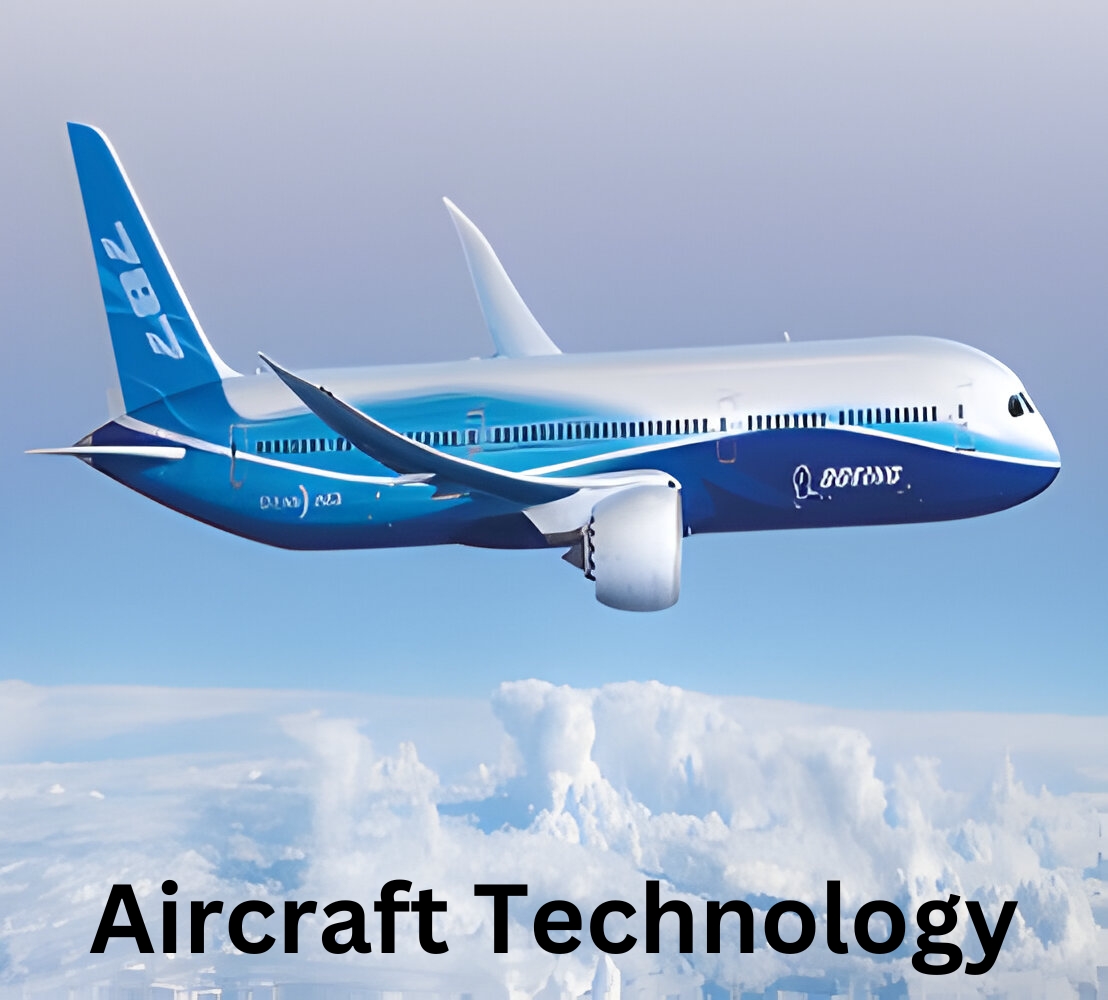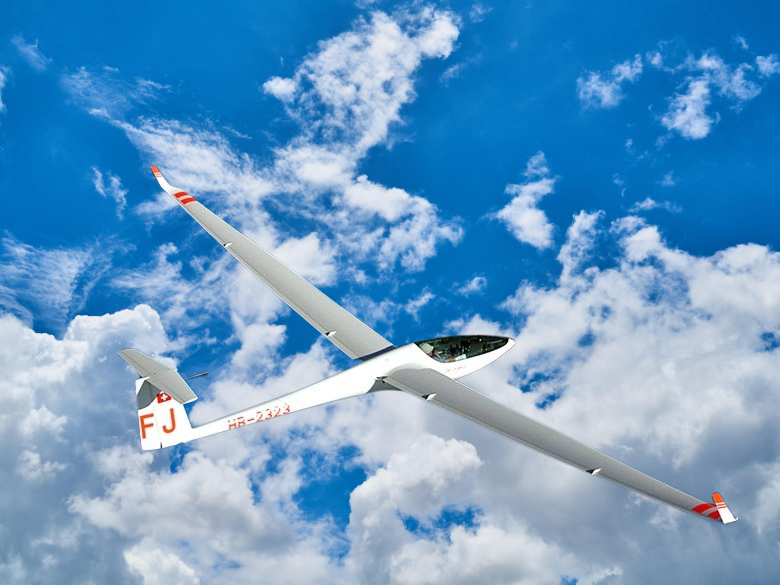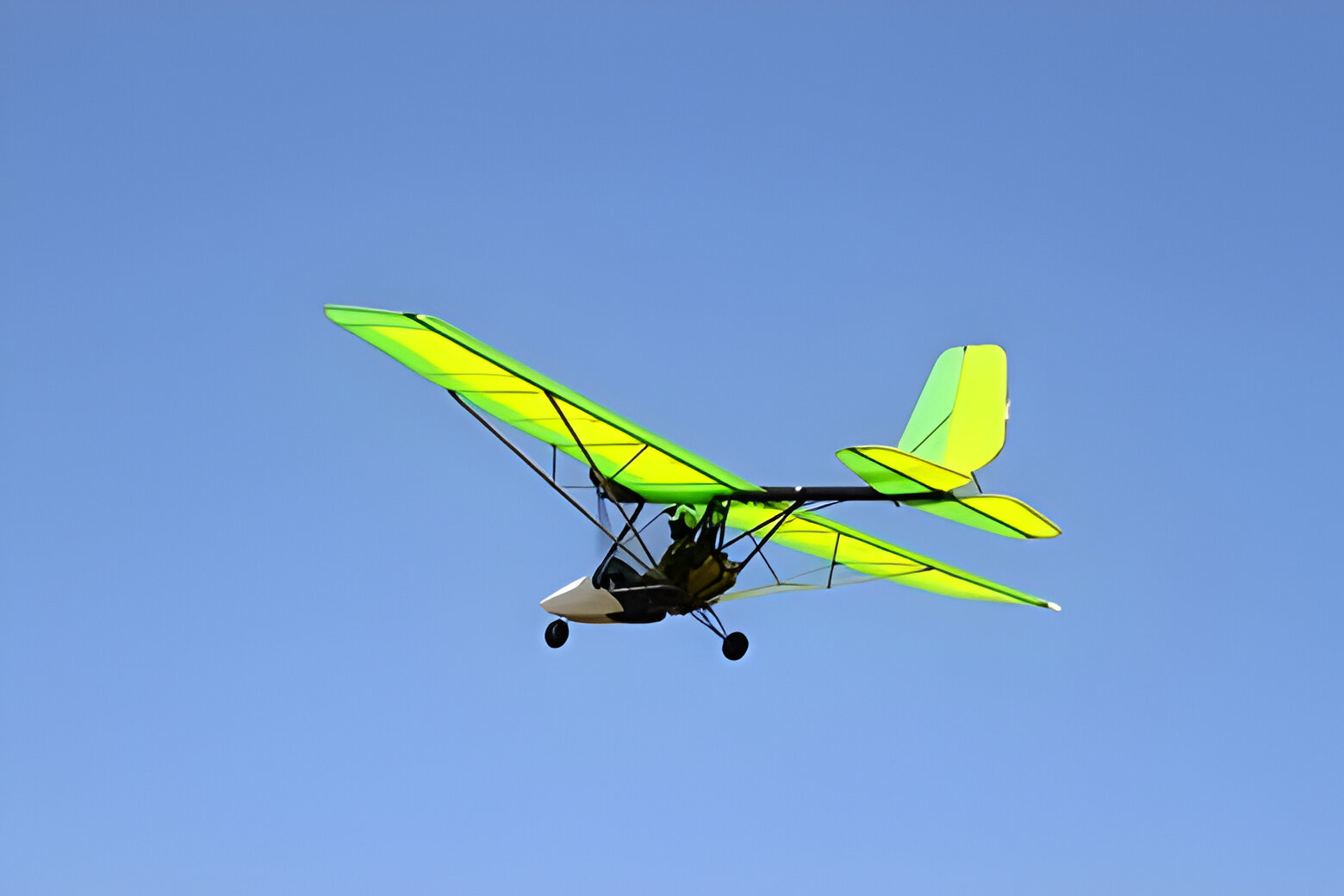Introduction
The skies have always captivated the human imagination, and nothing symbolizes our desire to conquer the heavens quite like aircraft. From the early dreams of flight to the cutting-edge technology of modern aviation, the evolution of aircraft is a testament to humanity's relentless pursuit of innovation. In this blog, we will embark on a journey through the fascinating world of aircraft, exploring their history, diverse types, and the incredible technology that propels them through the boundless skies.
The Pioneering Days
The dream of flight has ancient roots, but it was in the early 20th century that visionaries like the Wright brothers turned this dream into reality. The Wright Flyer, with its fabric-covered wings and wooden frame, took to the skies in 1903, marking the birth of powered flight. This momentous achievement laid the foundation for the incredible diversity of aircraft we see today.
In the broadest sense, the term “aircraft” refers to all types of vehicles that fly within our Earth’s sensible atmosphere. The Federal Aviation Administration (FAA), in its Federal Aviation Regulations, defines an aircraft as “a device that is used or intended to be used for flight in the air”. Aircraft support their weight with the force derived from either static or dynamic sources.
For example, a lighter-than-air balloon supports its weight with static buoyancy, while a heavier-than-air airplane generates aerodynamic lift, which balances its weight, due to the dynamic reaction of air flowing over its wings.
Types of Aircraft used in current technology
1. Fixed-Wing Aircraft
- Commercial Airliners: These big fixed-wing aircraft are the workhorses of skies that carry millions flights every day all over this world. Air transport has also come to be associated with iconic models such as the Boeing 737 and Airbus A320.
- Military Jets: Modern air forces rely on high speed and maneuverable jets as their core. State of the art military aviation technology is exhibited in stealth aircraft such as F-22 Raptor.
- General Aviation: Smaller aircraft such as private planes and training crafts serve an array of purposes from pleasure flying to flight instruction.
2. Rotary-Wing Aircraft
- Helicopters: However, because of their ability to hover and take off vertically, helicopters serve important functions during search and rescue operations in addition to being utilized for medical transport or various military missions. Bell UH-1 Huey’s notable design is associated with helicopter rescue operations.
3. Unmanned Aerial Vehicles (UAVs)
- Drones: Drone technology has transformed many sectors, such as aerial photography and farming to surveillance and parcel delivery. The variety keeps growing as technology develops.
The Marvel of Technology
1. Jet Engines
- A change from propeller aircraft to jet engines made it easier and faster for air travel. The majority of commercial and military aircraft are driven by either turbojet or turbofan jet engines.
2. Fly-by-Wire Systems
- Many modern aircraft have replaced regular manual controls with fly-by-wire – advanced computerized flight control systems. This technology increases safety, accuracy and productivity.
3. Materials and Construction
- The use of lightweight composite materials, like carbon fiber, results in fuel efficiency and increased durability. The slick designs of modern airplanes are between aerodynamics and structural design.
Environmental Considerations
1. Fuel Efficiency
- The aviation industry continues to invest in more energy-efficient aircraft that help lower carbon footprint. Alternative propulsion systems such as electric and hybrid are also being considered.
2.Noise reduction
- Aircraft manufacturers are actively investing in cutting-edge technologies to mitigate the issue of noise pollution, especially in highly populated regions surrounding airports. They are focusing on developing quieter engines and making significant advancements in aerodynamics to address this concern. These efforts aim to ensure a more pleasant and peaceful environment for the communities residing near airports.
The Airplane
The First Airplane
At the start of this session, we saw the iconic photograph of the first controlled, sustained flight of a powered, heavier-than-air airplane—a milestone achieved by two brothers from Dayton, Ohio: Orville (1871–1948) and Wilbur (1867–1912) Wright. Their success was the result of a logical, systematic approach to designing, building, and testing their aircraft. They thoroughly reviewed existing aeronautical theories and data, and when they found gaps or inaccuracies, they conducted their own analyses and experiments to obtain the necessary information.
One example of the Wright brothers’ innovative approach was their design of airfoil shapes for wings and propellers, which they based on data gathered from a wind tunnel they built themselves. They also developed a custom internal combustion engine with the help of skilled machinist Charlie Taylor. Their commitment to using accurate, reliable data was key to the success of their pioneering airplane.
The Wright brothers were also methodical and systematic in their approach to flying and flight testing. Between 1900 and 1903, they performed extensive flight testing with gliders of their own design. Starting first with uncrewed, kite-like gliders (Figure 2), they systematically progressed to crewed glider flights (Figure 3). The Wright brothers designed, built, and flew their first crewed glider at Kitty Hawk, North Carolina, in 1900 with disappointing results. They test flew another glider design in 1901, but this second crewed glider also flew poorly. It was not until their third glider design in 1903 that the Wright brothers were satisfied with how the glider flew. These glider design iterations systematically improved the performance and flying qualities of their unpowered airplanes, and these lessons learned were incorporated into their 1903 powered airplane design.
The Wright brothers pursued glider flying not only to collect flight data for improving their designs but also to learn how to fly. Through numerous glider flights, they gained extensive piloting experience and mastered aircraft control in the new, three-dimensional world of aviation. They realized that a successful heavier-than-air vehicle must both lift its own weight and remain fully controllable. To achieve this, they designed their aircraft with pilot-operated controls for all three axes. They used an elevator to control pitch, a rudder for yaw, and wing-warping to manage roll.
Wright brothers spent numerous hours observing the amazing flight of birds, particularly buzzards. Their careful observation therefore earned them priceless knowledge about the dynamics of pilot control over a flying machine. They observed that when birds were gliding and maneuvering, their wings did not have the same shape. Being aware of the importance of wing twisting or warping as a means to control roll rate for these fast-moving animals, Wright brothers creatively introduced this feature in their planes. This innovation finally resulted in the development of the world’s first functioning aircraft. It is extremely interesting to study the original patent passage given by Wright Brothers about their invention of an incredible flying device that was able to defy gravity. Significantly, they highlight how much priority they placed on stability and control in their revolutionary airplane design.
Looking to the Future
The future of aviation is more exciting than ever as we enter a new era. Electric planes, hypersonic travel, and green aviation initiatives are reshaping the skies. The dreams of early aviators are not just flying—they're soaring—redefining how we connect, travel, and experience the world.
Ultimately, aircraft represent the pinnacle of human creativity and technological achievement. From the Wright Flyer to today’s advanced machines, each airframe tells a story of innovation, exploration, and our enduring quest to conquer gravity.
Conclusion
Reflecting on the remarkable journey of aircraft development, we see how it not only transformed travel but also shaped history and human progress. From the Wright brothers' breakthrough to today’s advanced designs, the prestige and complexity of aviation have endured. Looking ahead, the future promises even more groundbreaking innovations that will redefine how we fly. So buckle up—aviation’s next session is just beginning.


